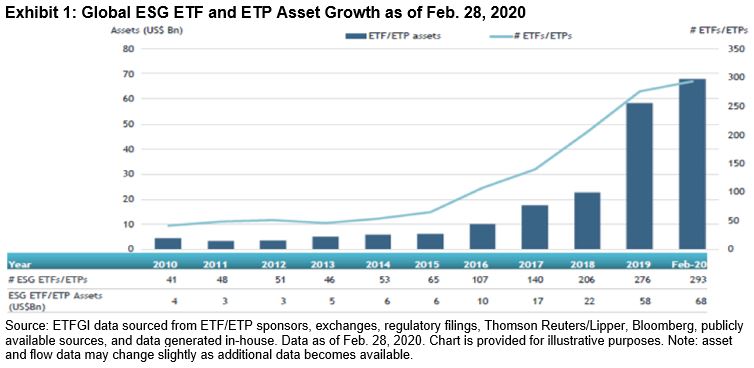How is COVID-19 relief impacting U.S. market segments? S&P DJI’s Gaurav Sinha takes a closer look at fixed income spreads, small- and mid-cap equities, and a potential role for the quality factor moving forward.
The posts on this blog are opinions, not advice. Please read our Disclaimers.















































